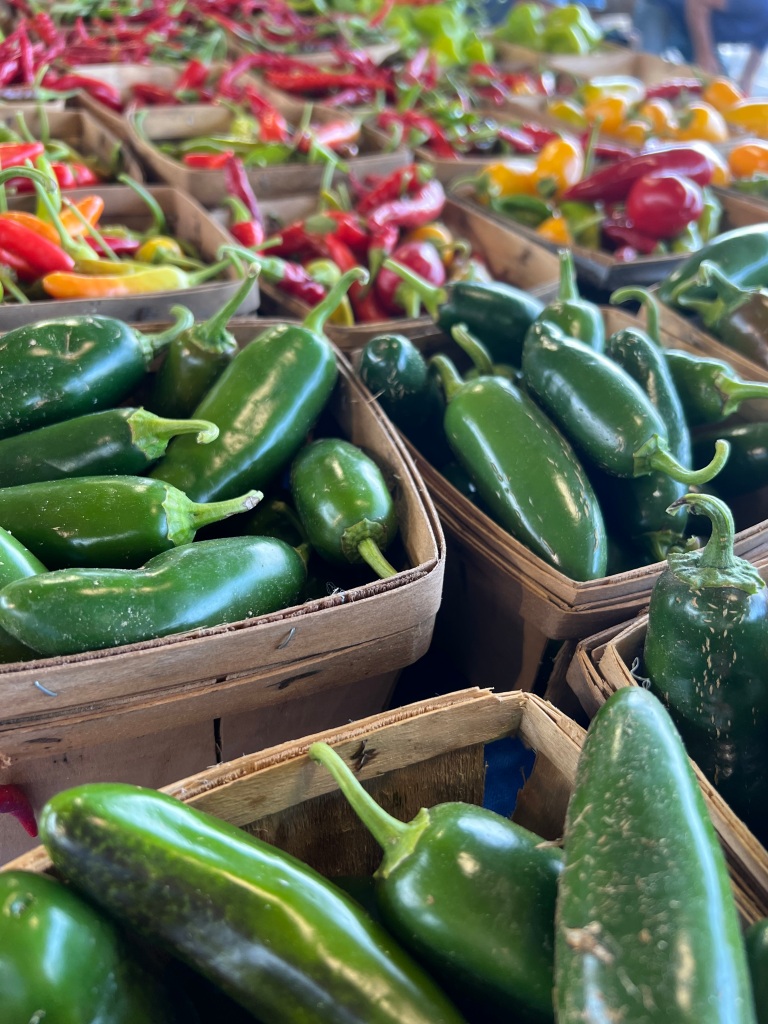“It’s difficult to think anything but pleasant thoughts while eating a homegrown tomato.” ― Lewis Grizzard
Have you ever stopped to think about where your food comes from? Most of us are aware of the term “locally sourced,” but have you heard of the concept of a foodshed?
A foodshed is the geographical area where our food is grown, processed, and distributed. Understanding your foodshed can have a significant impact on your food choices and the environment. By choosing to support local farmers and businesses, you can reduce the carbon footprint of your food and ensure that you are consuming fresh, nutritious produce. In this article, I’m going to show you all the importance of understanding your foodshed and how it can positively impact your health, the economy, and the planet. So, grab a cup of coffee and let’s dive in!
Click here to see the Detroit Eastern Market Foodshed map and surrounding area!
Let’s look at Foodsheds!

What is a Foodshed?
A foodshed is the geographic area where food is produced, processed, and distributed. It includes everything from the farms and ranches where food is grown, to the processing facilities where it is packaged and prepared for sale, to the stores and restaurants where it is sold and consumed. The foodshed concept takes into account the entire food system, from farm to table, and recognizes the importance of local food production.
The size of a foodshed can vary, depending on the region and the type of food produced. For example, a foodshed for tomatoes in Florida may be smaller than a foodshed for wheat in the Midwest. However, the idea is the same – to support local food systems and reduce the amount of energy required to transport food long distances.
In addition to reducing the carbon footprint of our food, supporting local foodsheds can also provide economic benefits to farmers and local businesses. By buying locally, consumers can keep their dollars within their community, supporting small-scale farmers and businesses.


The Importance of Foodshed
Understanding the concept of a foodshed is important because it allows us to better understand the impact of our food choices on the environment and the economy. When we buy food that has been transported long distances, we contribute to greenhouse gas emissions and other environmental impacts associated with transportation. By supporting local food systems, we can reduce these impacts and support sustainable agriculture.
In addition to environmental benefits, supporting local food systems can also have economic benefits. By buying locally, consumers can support small-scale farmers and businesses, helping to keep money within the community. This can lead to a more resilient local economy and a stronger sense of community.
Finally, supporting local food systems can also have health benefits. Local food is often fresher and more nutritious than food that has been transported long distances. This is because local food is typically harvested at the peak of ripeness and consumed shortly thereafter. In contrast, food that has been transported long distances may be harvested before it is ripe and then artificially ripened during transportation.
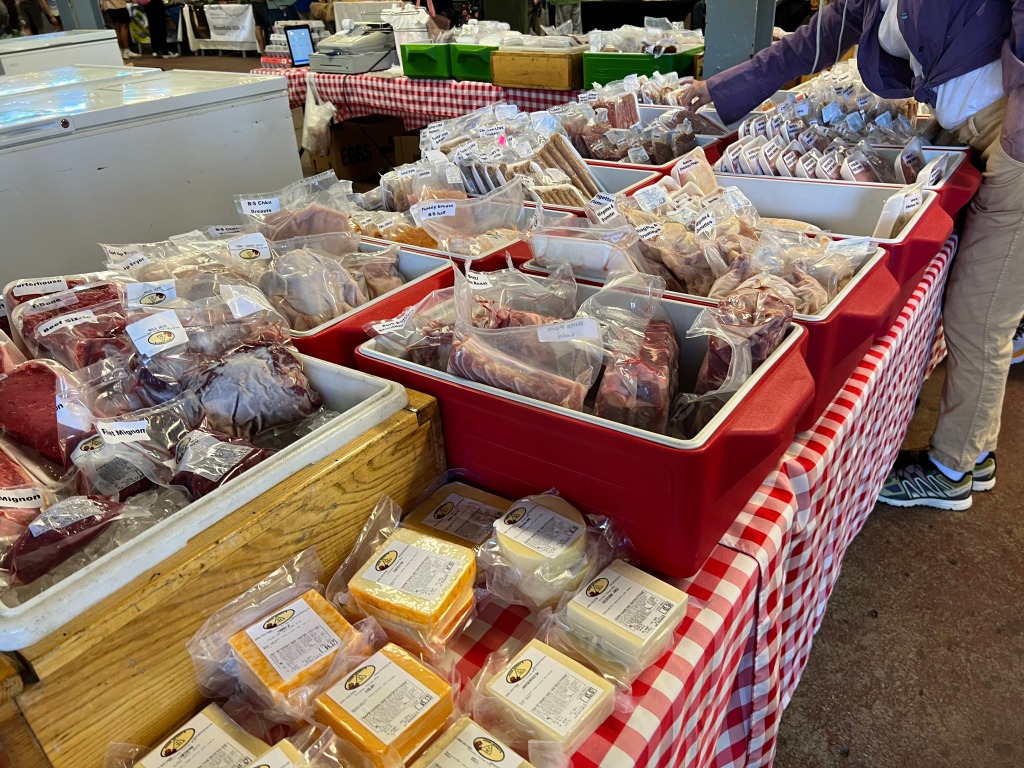
How Foodshed Impacts Your Food Choices
Understanding your foodshed can impact your food choices in several ways. First, it can help you make more informed decisions about the food you buy. By understanding where your food comes from, you can choose to buy food that is produced locally and supports sustainable agriculture. This can help reduce your carbon footprint and support local farmers and businesses.
Second, understanding your foodshed can also help you make healthier food choices. Local food is often fresher and more nutritious than food that has been transported long distances. By choosing to buy local food, you can ensure that you are consuming fresh, nutritious produce that is free from harmful chemicals and preservatives.
Finally, understanding your foodshed can also help you save money. By buying food that is produced locally, you can often save money on transportation costs that are passed on to consumers. Additionally, local food can be less expensive because it doesn’t have to travel long distances to reach consumers.


Sustainable Agriculture and Foodshed
Sustainable agriculture is an important component of the foodshed concept. Sustainable agriculture is a method of food production that seeks to minimize the environmental impact of farming while also promoting economic and social sustainability. Sustainable agriculture practices include crop rotation, conservation tillage, and the use of natural fertilizers and pesticides.
By supporting sustainable agriculture, consumers can help reduce the environmental impact of farming and support local farmers and businesses. Additionally, by choosing to buy food that is produced sustainably, consumers can help promote sustainable agriculture practices and encourage more farmers to adopt these methods.
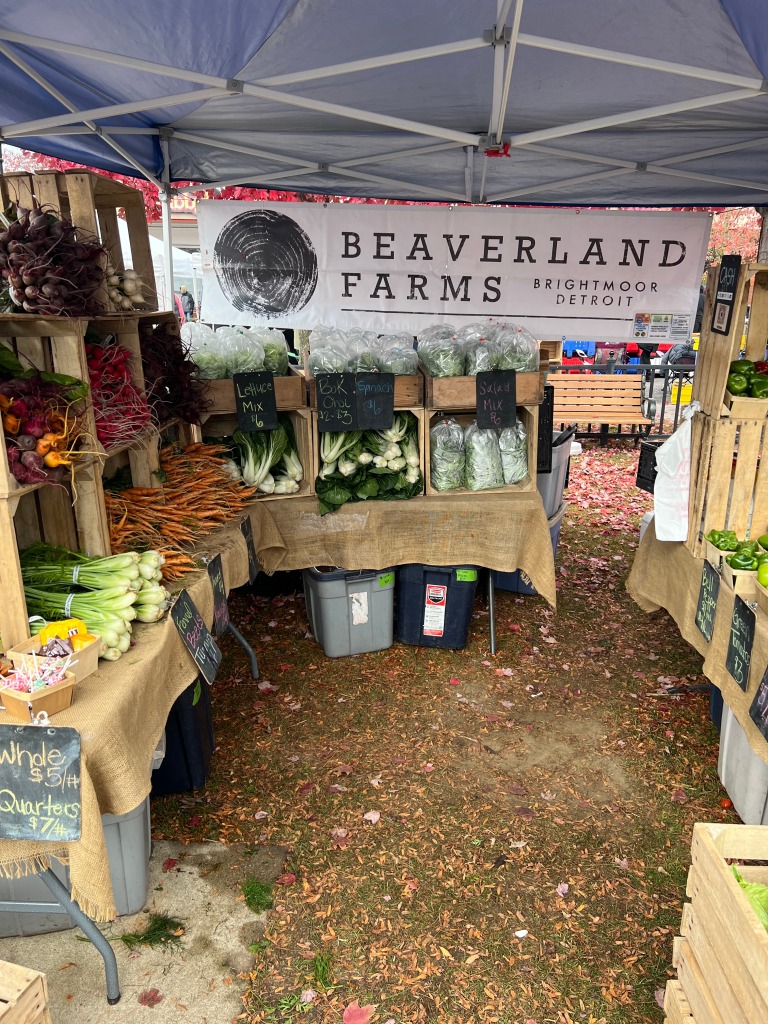
How to Support Your Local Foodshed
There are several ways to support your local foodshed. First, you can seek out local farmers’ markets and buy fresh, locally produced food. You can also look for restaurants that source their ingredients locally and support local farms.
Another way to support your local foodshed is to join a CSA program. By buying a share of a local farm’s harvest, you can support sustainable agriculture and receive fresh, seasonal produce.
Finally, you can grow your own food. Even if you don’t have space for a garden, you can grow herbs and vegetables in pots on your balcony or windowsill. By growing your own food, you can reduce your carbon footprint and ensure that you are consuming fresh, nutritious produce.
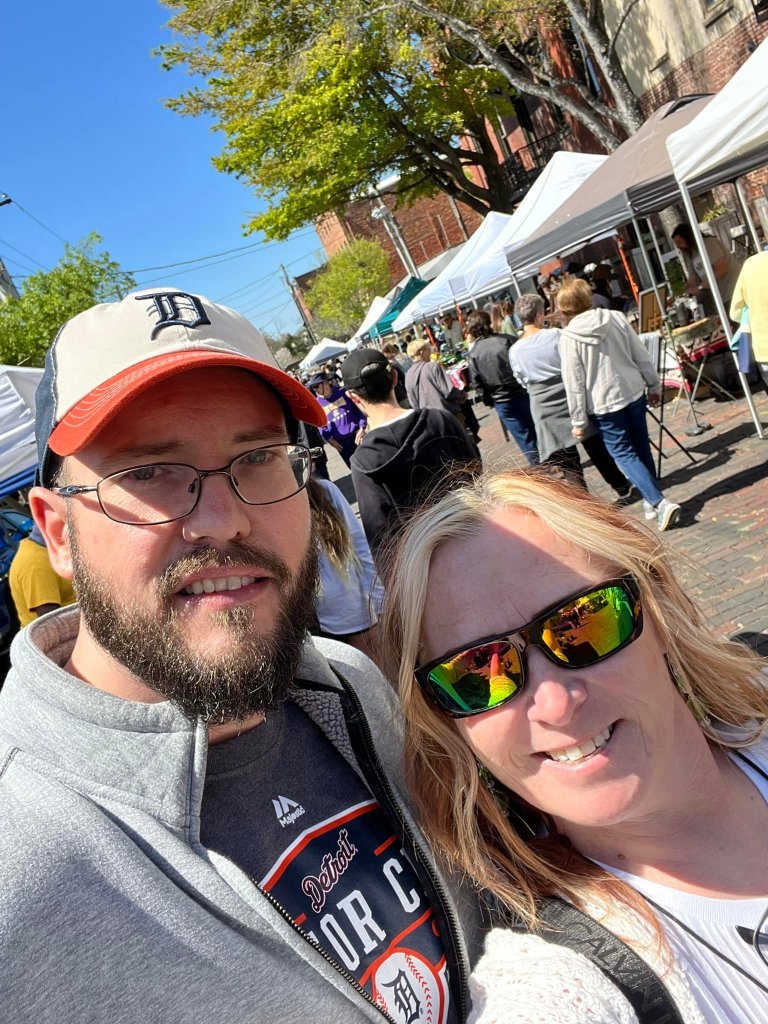
Foodshed vs. Food Miles
Foodshed and food miles are two related, but distinct, concepts. Food miles refer to the distance that food travels from the farm to the consumer. The concept of food miles has been used to raise awareness about the environmental impacts of transporting food long distances.
While food miles are an important consideration, they are not the only factor to consider when it comes to sustainable agriculture. The foodshed concept takes a more holistic approach, considering the entire food system, from farm to table. By supporting local food systems, we can reduce the carbon footprint of our food and support sustainable agriculture.

Examples of Successful Foodshed Initiatives
There are many successful foodshed initiatives around the world. One example is the “Farm to School” program, which connects local farmers with schools to provide fresh, healthy food to students. This program helps support local farmers and promotes healthy eating habits among students.
Another example is the “Community Supported Agriculture” (CSA) model, which allows consumers to buy shares of a local farm’s harvest. This model helps support local farmers and provides consumers with fresh, seasonal produce.
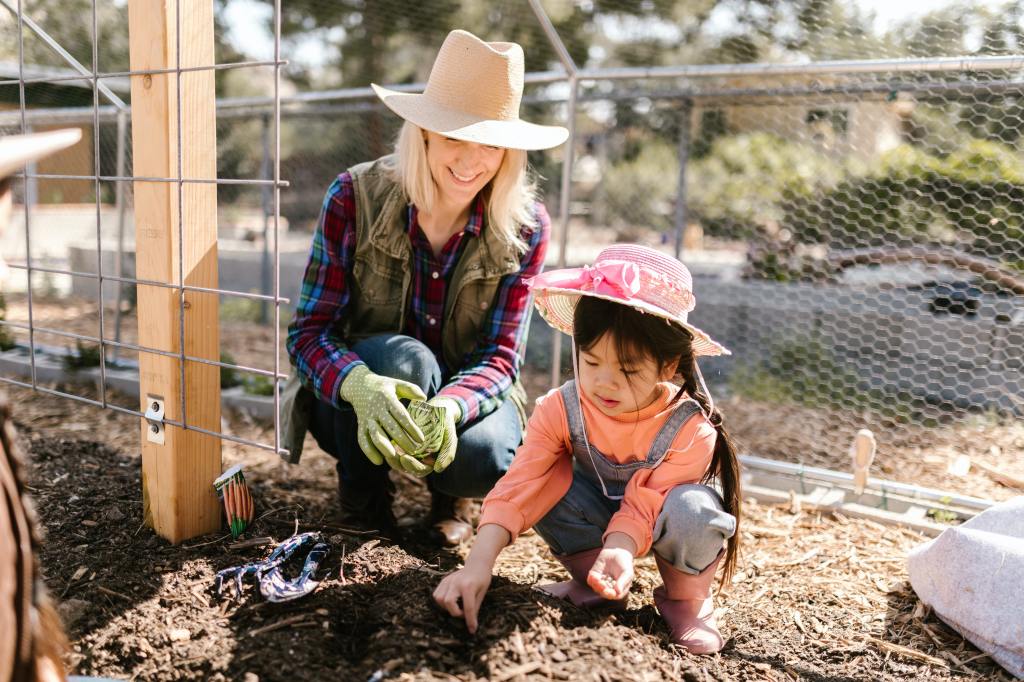

Challenges to a Strong Foodshed and How to Overcome Them
There are several challenges to building a strong foodshed. One challenge is the dominance of large-scale agriculture and the concentration of food processing and distribution in the hands of a few large corporations. This can make it difficult for small-scale farmers and businesses to compete.
Another challenge is consumer demand for convenience and low prices. Many consumers prioritize convenience and low prices over supporting local farmers and sustainable agriculture practices. This can make it difficult for local farmers and businesses to compete in the marketplace.
To overcome these challenges, it is important to raise awareness about the benefits of supporting local food systems and sustainable agriculture. This can be done through education campaigns, community outreach, and policy initiatives that support local farmers and businesses.

Understanding the concept of a foodshed is important for anyone interested in sustainable agriculture and healthy eating. By supporting local food systems, consumers can reduce their carbon footprint, support local farmers and businesses, and promote sustainable agriculture practices. So, the next time you sit down to enjoy a meal, take a moment to think about where your food comes from and how you can support your local foodshed.

If you enjoyed this blog, please LIKE, Follow, Share & leave me a comment! I love your feedback!
If you aren’t following me on Facebook & Instagram go on over & give a LIKE & Follow me for daily tips & tricks for your home & garden!
Added bonus: You can go to my blog at http://www.fordragonfliesandme.com to purchase my original cookbook, Lovingly Seasoned Eats and Treats in either a spiral bound soft cover OR NEW, a Downloadable PDF version. The cookbook has almost 1000 recipes on almost 500 pages! Check out the Cookbook Testimonials while you’re there!
Until next time remember to,
Eat fresh, shop local & have a happy day,
Jean
Copyright Policy
All text and images on this site are copyright of For Dragonflies And Me. Unless otherwise noted, you may not use this content.


